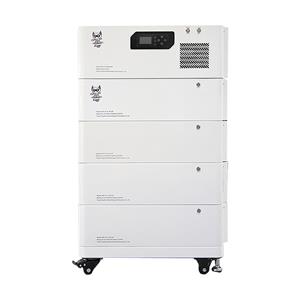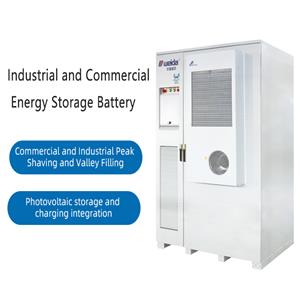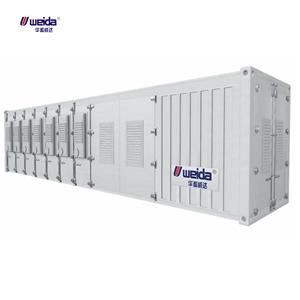Capacity management of industrial and commercial energy storage
Capacity management of industrial and commercial energy storage
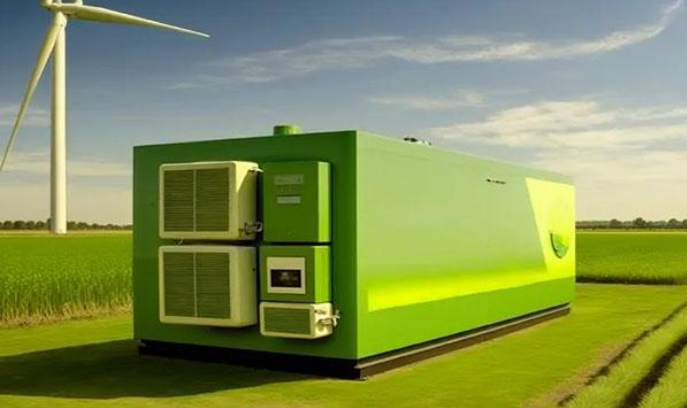
Industrial and commercial users can use the energy storage system to store energy in the user's power consumption in the low valley, in the power consumption peak discharge, thus reducing the user's peak power and maximum demand, so that the actual power consumption curve of industrial and commercial users is smoother, to reduce the enterprise in the peak of the maximum demand power, and to play a role in reducing the capacity of the tariff.
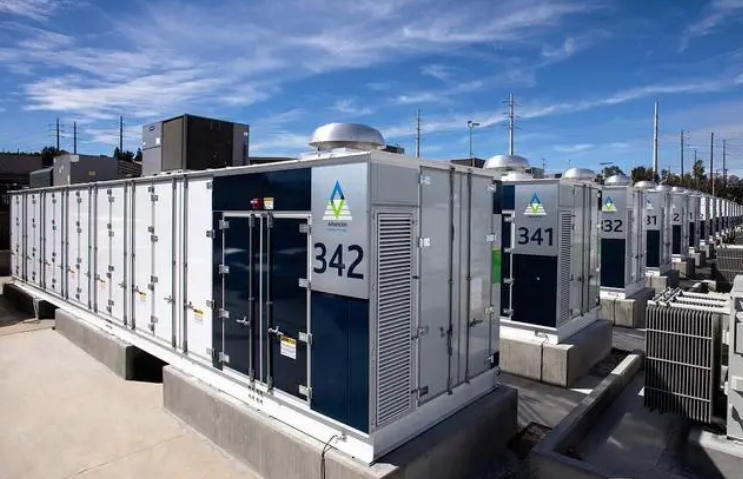
In most areas of China, commercial and industrial users have implemented a two-part tariff system, i.e., commercial and industrial users' tariffs consist of a basic tariff and a degree tariff. The basic tariff, also known as the capacity tariff, is calculated according to the transformer capacity (kV-A) and the maximum demand (kW) of the power user, and is a fixed monthly fee, while the tariff is calculated according to the actual power consumption of the user.
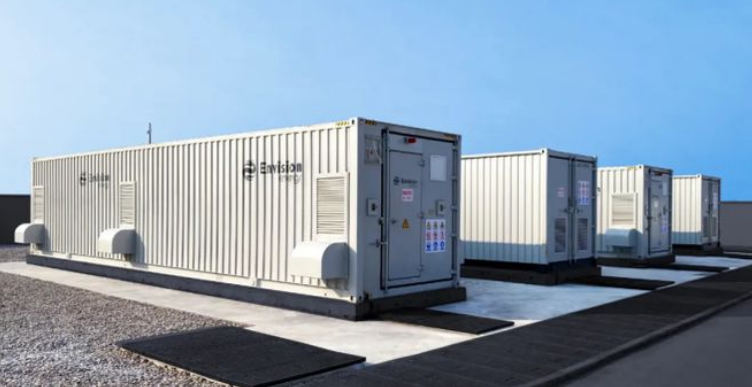
In the global energy storage application scenarios, many areas of the electricity market price changes in real time volatility, the price of electricity will change every 5 minutes, before and after the price difference reaches hundreds or even thousands, tens of thousands. When the power supply side of the power generation is sufficient, the power generation is much larger than the load, the price of electricity may also be negative, and the consumption of electricity can still bring revenue, on the contrary, the power supply side of the power supply is insufficient, the power consumption demand is strong, then the price of electricity will be very high. By feeding the system with historical electricity price data and multiple energy storage configurations, such as capacity, power rating, it is possible to quickly solve for the high charging and discharging power of the storage battery at each moment of time for each storage configuration, the high total revenue, the charging and discharging costs, the number of cycles, etc., as well as to find out which energy storage configuration has good economics.

The following is a specific case for capacity arbitrage measurement:
Before installing an energy storage system:
Assume that a commercial and industrial customer generates 5 MW of peak load during peak hours. Without the installation of an energy storage system, the business would pay a monthly demand charge of 5 * 1000 * 40 = 200,000 RMB/month.
After installing the energy storage system:
If the commercial and industrial customer installs a 2MW energy storage system, the energy storage system can offset the 2MW peak load impact by energy storage during the peak hours, then the enterprise will need to pay a monthly capacity tariff of 3 * 1000 * 40 = 120,000 RMB/month. This would result in an annual savings of 8 * 12 = 960,000 RMB.
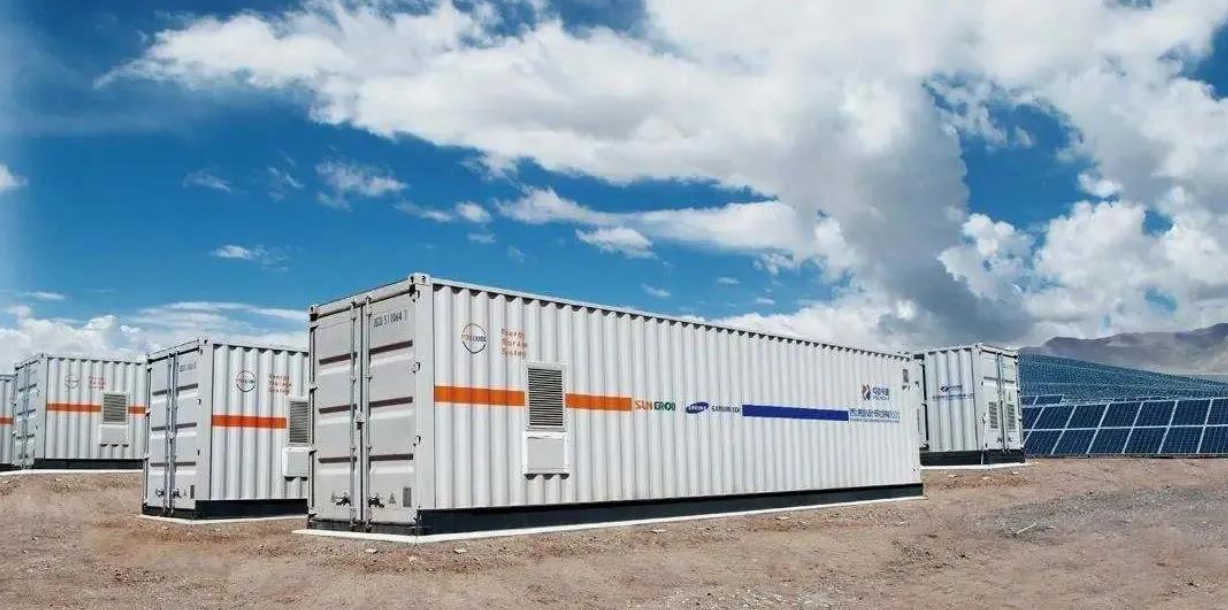
Energy storage systems can not only regulate electricity demand during peak load hours, but can also utilize profit channels such as peak and valley arbitrage and capacity management to further increase user revenues. Specific case studies show that after installing an energy storage system, commercial and industrial users can significantly reduce capacity/demand costs, resulting in significant savings for the organization.

